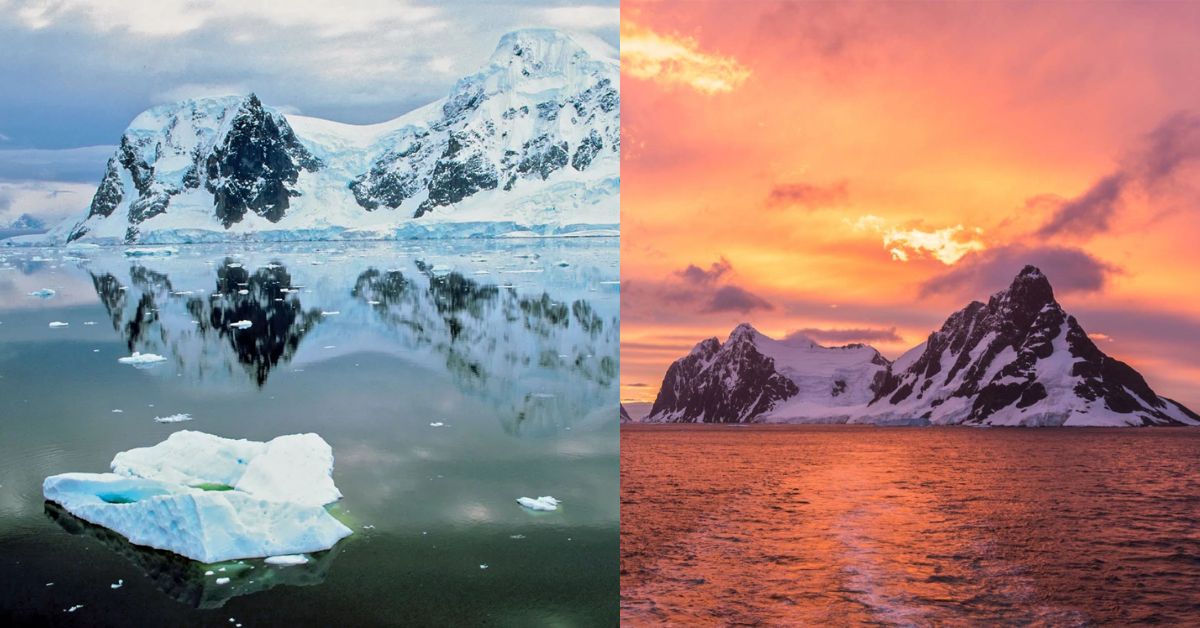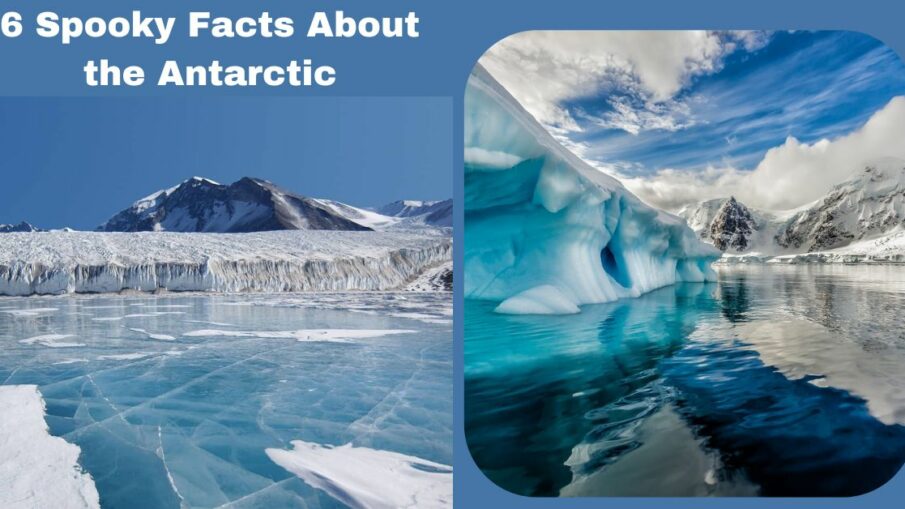The Antarctic is a strange place enveloped in solitude and merciless cold, with an aura of uncanny about it. It makes sense that so many horror films, such as The Thing and Alien vs. Predator, have used it as their background.
Numerous peculiarities in this harsh environment highlight how otherworldly it is. Although you may find these five marvels alarming, perhaps they will inspire you to support efforts to safeguard the Antarctic.
1. The Antarctic Blood Falls
It may seem horrifying, but it is just what you will witness at the Taylor Glacier: white snow oozing with blood-red meltwater. Scientists have been perplexed by the falls’ color since it was discovered in 1911. In 2017, a team of researchers from the University of Alaska Fairbanks managed to solve the puzzle.
The iron in the briny salt water that flows from the glacier oxidizes as it comes into touch with oxygen, giving the water its rich crimson hue. Iron rusts due to much the same process that gives it its dark red color.
2. Ocean Arachnids

This is the part you might want to avoid if you have arachnophobia. Sea spiders are scuttling around in the dark on the ocean floor in Antarctica, which is quite unbelievable. Actually, they are marine arthropods. These squirmy creatures can reach a diameter of 50 cm in the Antarctic.
They breathe through holes in their legs as if they weren’t already bizarre enough. Many people will probably never sleep again after reading it.
3. The “Pyramid” of the Antarctic
A pyramid-shaped mountain in the southern Ellsworth Mountains almost brought down the entire Internet in 2016. Some conjectured that it might be the ruins of a long-gone civilization. Others thought that aliens had built it.
In actuality, it was far easier. Experts came to the conclusion that Mother Nature was the architect. Erosion over hundreds of millions of years produced this stunning rock.
Please click on the following link if you are interested in learning more information about the natural world:
- Discover 8 Remarkable Facts About the Guadalupe River
- 15 Fascinating Facts About Feigefossen: Norway’s Natural Wonder
- 14 Fascinating Facts About Garden Creek Falls
4. Watermelon Snow
Certain areas of the Antarctic experience this phenomenon, turning ice into life-sized, candy-colored crystals. It appears appetizing enough to eat, but you wouldn’t want to. In the Antarctic summer, as the ice melts, the cold-resistant microscopic algae Chlamydomonas nivalis releases red and green spores that give the snow its distinct color.
This process is known as an algal bloom. According to theory, this renders the snow poisonous and inedible for people. So pack away those cones of ice cream.
5. Antarctic Graveyard
There are plenty of skeletons in the Antarctic’s closet. Scientists on James Ross Island found nearly a ton of fossils hidden beneath the snow. These were the skeletal remains of extinct marine animals, such as the mosasaurus, a massive animal that resembled a whale.
Even though this was an incredible find, we should leave sleeping bones alone to prevent these creatures from coming back to haunt us.
6. Singing Ice
Nothing is more eerie than singing Antarctic ice. Using seismic sensors on the Ross Ice Shelf, scientists unintentionally found the “song.” They recorded a sound that is inaudible to humans because of its frequency.
The sound, which is described as a melancholic hum, is produced when the wind blows across the ice shelf’s rough surface. It’s enough melody to give you the chills. Hope you like it. Stay tuned with us on Thegeofacts.com for more amazing updates.


Leave a Reply